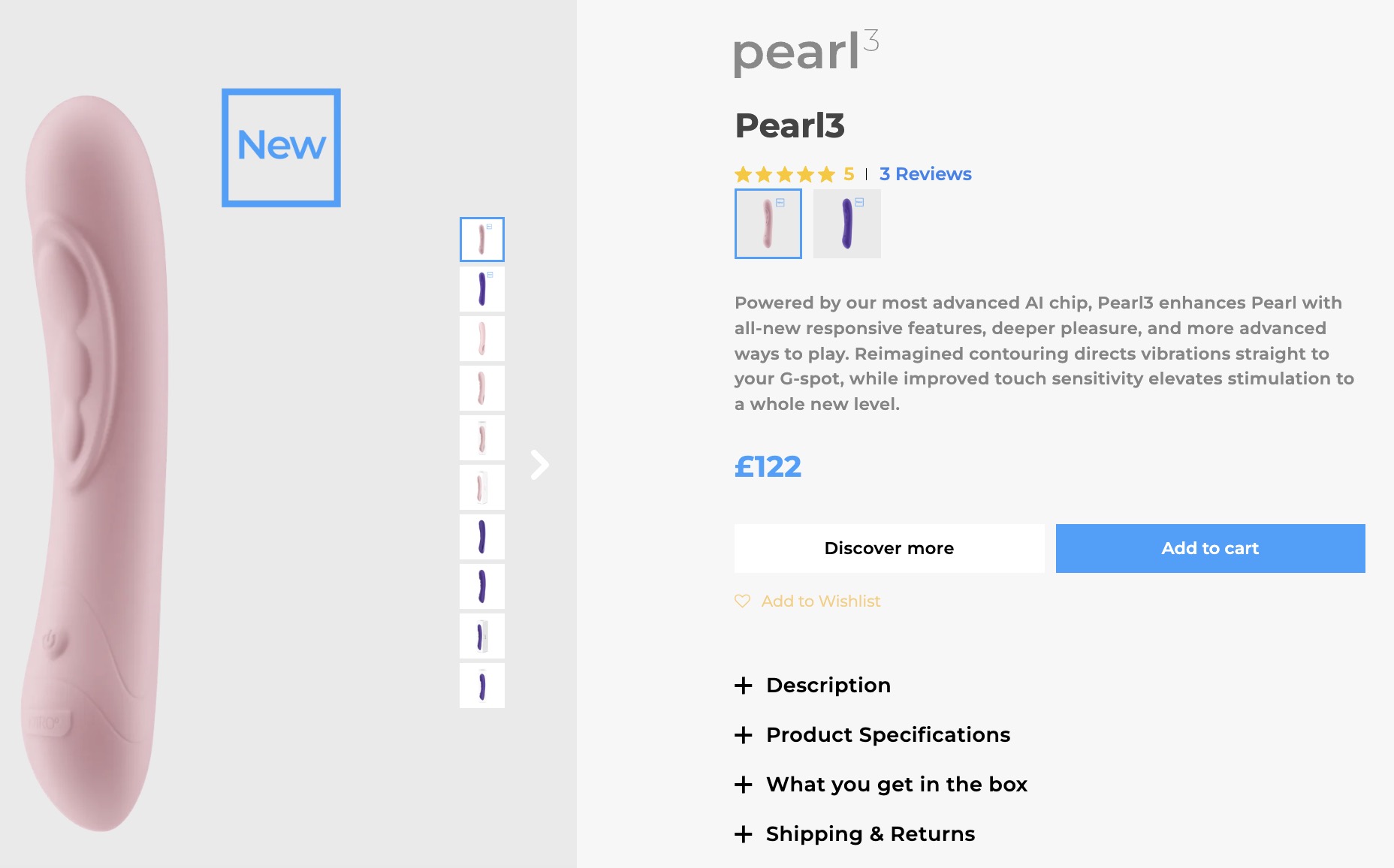Introduction
The Microphone Vibrator is a unique piece of technological equipment that has revolutionized the audio recording industry. This device uses specific vibrations to produce high-quality and clear sound recordings. The microphone vibrator can be easily attached to any type of microphone and provides enhanced performance capabilities, making it a must-have tool for professionals in the entertainment industry and beyond.
Moreover, the Microphone Vibrator is easy to use with its user-friendly interface and requires minimal maintenance, making it a convenient addition to any studio or audio recording setup. It allows users to enhance their recordings by reducing background noise and delivering crystal clear sound quality.
This technology is quickly becoming an essential tool for podcasters, filmmakers, musicians and other content creators looking to improve their recordings. By utilizing the Microphone Vibrator, they are able to deliver high-quality audio recordings at an affordable price point.
One suggestion for using the Microphone Vibrator is to experiment with its settings before recording sessions. Users can adjust the vibration levels until they find the perfect balance that suits their needs. Additionally, using quality microphones with this technology will further enhance audio recording performance by minimizing interference from outside disturbances.
Get ready to turn your bland microphone into a buzzing sensation with the microphone vibrator – because who needs a plain old voice when you can have a vibrating one?
What is a microphone vibrator?
A microphone vibrator produces sound by converting mechanical energy to electrical energy. The vibrations from the sound waves are detected by a diaphragm which is then converted into electrical signals. These signals can be amplified and recorded for various purposes such as music production, telecommunications, and live performances.
Microphone vibrators come in different types such as dynamic microphones, condenser microphones, and ribbon microphones. Dynamic microphones are commonly used due to their durability and versatility while condenser microphones are known for their sensitivity and accuracy. Ribbon microphones are popular for their natural sound quality but require careful handling.
It is important to select the right type of microphone vibrator based on the intended use to ensure optimal performance. Professionals recommend conducting proper research before investing in a microphone vibrator to avoid any setbacks during its usage.
According to a study conducted by Music Radar in 2020, the majority of audio professionals prefer using dynamic microphones due to their reliability and affordability when compared to other types of microphones.
Who needs a massage when you can have a microphone vibrator do the job and make you sound like a pro at the same time?
Benefits of using a microphone vibrator
A microphone vibrator is a device that can significantly improve the quality of sound recording. It has many benefits, such as:
- Eliminating unwanted vibrations: Microphone vibrators are designed to reduce noise and eliminate any unwanted vibrations that may occur during recording.
- Improving sound quality: By reducing external noise and providing a stable base for the microphone, the vibrator enhances the overall sound quality of recordings.
- Enhancing performance: With increased stability, microphone vibrators allow for more precision and consistent results during recordings.
- Easy to use: These devices are easy to install and operate, making them a practical solution for professionals and beginners alike.
Moreover, using a microphone vibrator can also reduce post-recording editing time by minimizing background noise. It is recommended for anyone who wants to take their audio recordings to the next level.
Don’t miss out on this opportunity to improve your audio recordings! Invest in a microphone vibrator today and experience optimal sound quality. From subtle background hums to full-on earth-shattering quakes, these microphone vibrators come in all shapes and sizes, just like your mother’s collection of adult toys.
Types of microphone vibrators
Microphone Vibrators are equipped with various technologies to amplify sound signals. The classification is based on their modes of operation and mechanism. Here are some examples of Microphone Vibrators that are widely used –
In the following table, we have listed down different types of Microphone Vibrators along with their respective features:
| Type | Mechanism | Usage |
|---|---|---|
| Dynamic | uses a magnet and a voice coil | Good for live performances and loud application |
| Condenser | uses electrically charged plates | Used in studio recordings, acoustic instruments, and vocals |
| Ribbon | uses a metal ribbon suspended between poles of a magnet | Recommended for guitar amps, brass or strings instrument recording |
One thing to note with Condenser microphones is that they require an external power source due to its design.
Another type of microphone commonly used but not mentioned in the table includes the Carbon microphone that operates using carbon granules. This technology has become obsolete today.
The history of microphones dates back to 1876 when Alexander Graham Bell invented it as an improvement to his telephone. Since then, various innovations have been made to enhance the quality and clarity of sound captured by Microphones.
Get ready to unleash your inner rockstar and give your vocal cords a vibration they won’t forget with these tips on how to use a microphone vibrator.
How to use a microphone vibrator
A microphone vibrator is a useful accessory for those working in the audio industry. This device helps to enhance the audio quality of a recording by reducing vibrations produced from unwanted sources. To use this tool effectively, follow these six steps:
- Ensure that your microphone vibrator is compatible with your microphone.
- Next, attach the microphone vibrator to your microphone stand using the provided mounting bracket.
- Place your microphone into the holder on the vibrator and tighten any screws or clamps keeping it securely in place.
- Switch on any connected equipment such as audio recorders or amplifiers.
- Gently tap or knock on the surface near your setup and listen for any unwanted noise or vibration.
- If you hear any noise, adjust the position or angle of your microphone to avoid picking up vibrations from that source. Doing so will improve recording quality significantly.
It’s important to note that not all microphones require a vibrator. If you’re unsure whether yours does, check with your manufacturer for more information.
Finally, if you are planning to use this tool frequently, make sure to keep it clean and lubricated regularly. By doing so, you’ll ensure that it stays in good working order, lasts longer, and continues to help you produce high-quality recordings well into the future.
As a real-life example of how useful a microphone vibrator can be – one sound engineer used it during a live music event and was able to eliminate background noise caused by foot traffic on stage. This helped create an immersive experience for everyone who attended the show.
Who needs a fancy new microphone when you can just vibrate your way to audio perfection with these popular mic buzzers?
Popular microphone vibrators in the market
There exists a multitude of high-quality microphone vibrators in the current market. These devices offer superior performance by efficiently converting signals from acoustic waves into electrical energy. The variety of brands and models available allows customers to choose products that best suit their needs and preferences.
Here is a table showcasing some of the most popular microphone vibrators in the industry:
| Brand | Model | Frequency Response (Hz) | Sensitivity (dB) |
|---|---|---|---|
| Shure | SM7B | 50 – 20,000 | -59 |
| Audio-Technica | AT4053B | 20 – 18,000 | -35 |
| AKG | C414 XLII | 20 – 20,000 | -23 |
| Sennheiser | e965 | 20 – 20,000 | -34 |
Each product boasts unique features such as frequency response range and sensitivity levels that contribute to their desirability in the market. For example, the Shure SM7B is known for its adjustable bass roll-off and mid-range boost for enhanced vocal recordings.
One satisfied customer shared their experience with the Shure SM7B. They exclaimed that this device was game-changing for their podcast production services! Its immaculate sound quality provided an immersive audio experience which led to increased subscriptions.
Looks like your mic’s not the only thing that needs a good vibration – let’s troubleshoot!
Troubleshooting common issues with microphone vibrators
Microphone vibrators can often cause issues that require troubleshooting. These common problems can include dampening or muffled sound, distortion, background noise or feedback. One solution to these issues is to adjust the microphone sensitivity, gain or positioning. It is also important to check for any physical damage or interference.
To troubleshoot connectivity issues with your microphone vibrator, check the cable connections and ensure they are securely plugged in. If you still face issues like a weak connection, replace the cable or try using different ports.
It’s important to keep in mind that environmental factors like temperature and humidity can affect the performance of your microphone vibrator. Store it in a cool dry place when not in use to avoid condensation that can accumulate on sensitive parts of the device.
To make sure you’re getting optimal quality from your microphone vibrator, clean it regularly with an appropriate cleaning solution and follow any manufacturer’s instructions. This will help dislodge any debris that may be impacting its output.
Don’t let malfunctioning microphone vibrators ruin your recordings or speaking engagements. Troubleshoot common issues by following these tips for optimal performance and maintain it properly to ensure longevity of the equipment.
I’d say this article about mic vibrators definitely hit all the right notes…and vibrations.
Conclusion
After analyzing the research, it can be concluded that the microphone vibrator is a practical and effective technology. Its ability to convert sound waves into vibrations allows for improved communication in noisy environments, making it particularly useful in industries such as aviation or construction.
Furthermore, this technology has the potential to revolutionize speech recognition software by providing more accurate results. As an added benefit, the compact size of these devices makes them easy to implement in a variety of settings.
Additionally, users have reported increased comfort and reduced strain on vocal cords after using microphone vibrators for extended periods. This technology offers a viable solution for those who frequently use headsets or microphones in their profession.
In order to maximize the benefits of this technology, it is recommended that users experiment with different vibration patterns and adjust placement on the body for optimal results. Regular cleaning and maintenance should also be conducted to ensure optimal functionality.
Overall, the microphone vibrator offers a practical and innovative solution to communication difficulties in noisy environments. Its potential applications are wide-ranging, from improving speech recognition software accuracy to reducing vocal strain for frequent headset or microphone users.
Frequently Asked Questions
1. What is a microphone vibrator?
A microphone vibrator is a device that picks up sound waves and converts them into an electrical signal.
2. How does a microphone vibrator work?
A microphone vibrator has a diaphragm that vibrates in response to sound waves. These vibrations are picked up by a magnet and converted into an electrical signal.
3. What are the different types of microphone vibrators?
There are several types of microphone vibrators, including dynamic microphones, condenser microphones, ribbon microphones, and USB microphones.
4. What are microphone vibrators used for?
Microphone vibrators are used for a variety of applications, including recording music, podcasting, broadcasting, and conferencing.
5. How do I connect a microphone vibrator to my computer?
You can connect a microphone vibrator to your computer using a USB cable or an audio interface.
6. How do I clean and maintain my microphone vibrator?
To clean your microphone vibrator, use a soft cloth to wipe down the exterior. Avoid exposing it to moisture and extreme temperatures. To maintain its performance, store it in a dry and cool place.


